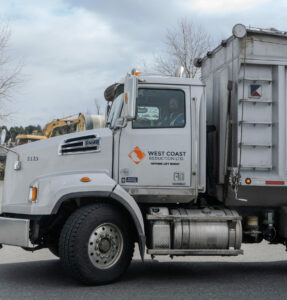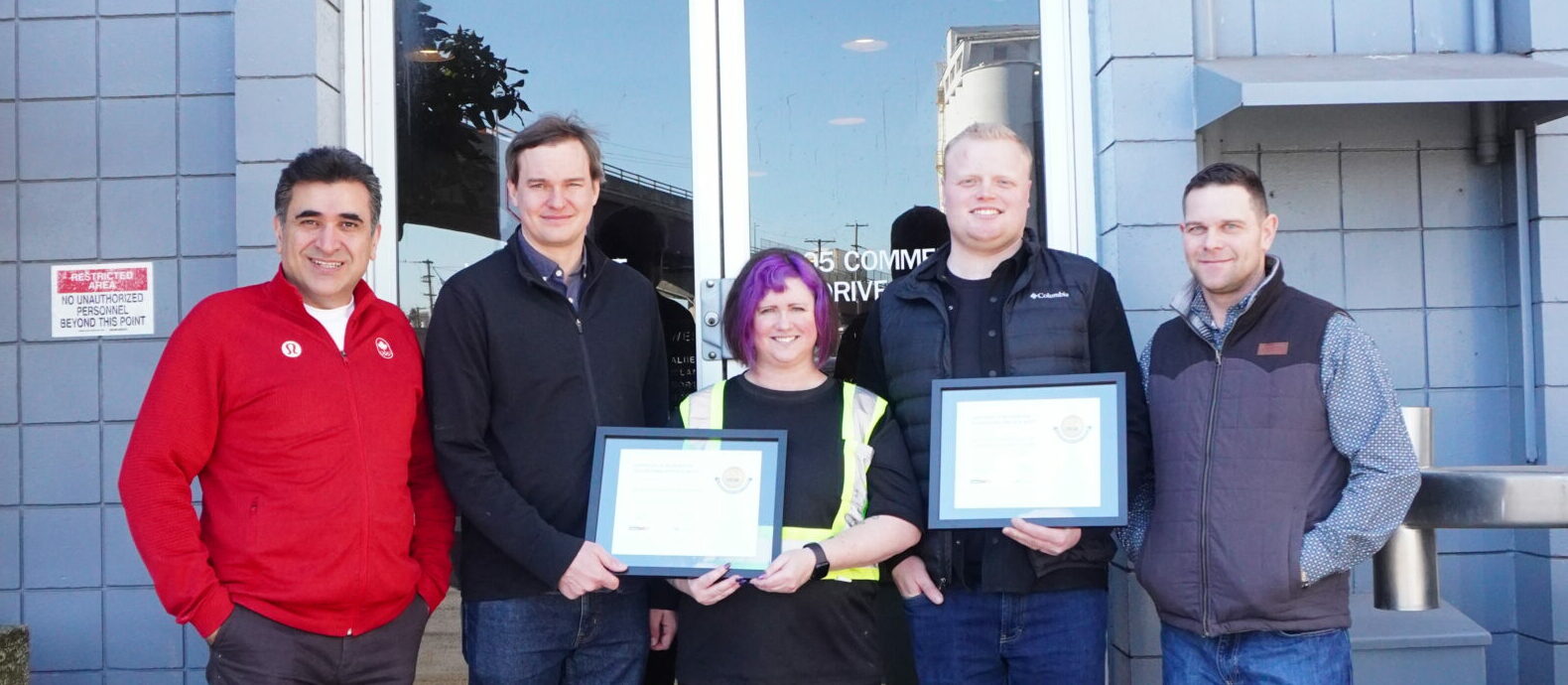Making the case for safety: Safety programs lead to cost savings
Jean Fong2025-04-09T00:37:09-07:00Three years ago, when Laura Spiers was first hired as the safety specialist for West Coast Reduction Limited (WCRL), the company had already made the decision to pursue COR certification to the Occupational Safety Standard of Excellence (OSSE). In addition to helping build up the company’s safety management system, Spiers was tasked to make a strong business case for safety—and to gain the buy-in of both the company’s leadership and the workforce.
“No matter how much effort I put into making the safety program the best it can be, ultimately that meant nothing if the workers or management weren’t involved,” explains Spiers, highlighting how the success of any occupational health and safety program relies on everyone.
Getting Buy-in
To get buy-in from workers, Spiers involved them through the whole process, engaging with them regularly to hear their input and concerns. “I was able to get buy-in from them because they were literally helping me develop it,” explains Spiers. WCRL’s Nanaimo and Vancouver facilities are very similar—with many of the same duties, equipment, and hazards—just on different scales.
 “Getting certified together just made a lot of sense,” says James Nygren, chief engineer for the Nanaimo facility. Nygren explains that by working together, they avoided having to reinvent the wheel. By using many of the program pieces developed in Vancouver for Nanaimo, he says, “close collaboration made the whole process a lot easier.”
“Getting certified together just made a lot of sense,” says James Nygren, chief engineer for the Nanaimo facility. Nygren explains that by working together, they avoided having to reinvent the wheel. By using many of the program pieces developed in Vancouver for Nanaimo, he says, “close collaboration made the whole process a lot easier.”
For management, cost savings is an important driver for investing in workplace safety. “In some companies, there can be a disconnect between safety and management,” says Nygren of workplaces in general. “Using tools [like the safety data and trends on WorkSafeBC’s Employer Portal] to quantify what we’ve experienced provides concrete numbers that showed our return of investment.”
Immediate Cost Savings
When Spiers began to review their safety data—injury rates, WorkSafeBC premiums, costs of equipment, and lost-time—the business case for management was obvious. The company could save of tens of thousands of dollars by reducing the number of injuries, reducing time lost due to injuries, and improving the company’s WorkSafeBC experience rating. Through their work towards OSSE/COR certification, they were able to see immediate results and “pure cost savings.” Over the past three years, WCRL went from paying a surcharge on their WorkSafeBC premiums to getting a discount.
“No matter how much effort I put into making the safety program the best it can be, ultimately that meant nothing if the workers or management weren't involved.”
Laura Spiers Tweet
“From the safety aspect and my workers’ aspect, they’re safer.” Spiers explained that by going through the process to get certified for OSSE/COR, WCRL made changes to their programs and systems, making the workplace safer for everyone.
In 2024, West Coast Reduction Limited earned OSSE/COR certification for both their Vancouver and Nanaimo facilities. “We are not perfect by any means, and I have some huge goals for us in safety in the future,” says Spiers. “But if I stop and take a look back at where we were, we’ve come so far in a few years.”

West Coast Reduction Limited is Western Canada’s largest independent rendering company. Every year, they recycle and process around 1 billion pounds of raw material transforming it into ingredients for animal feed, renewable energy, and other products. Family owned and operated; this Vancouver-based company that started over 50 years ago as a single butcher shop, now operates in Saskatoon, Edmonton, Calgary, Lethbridge, Vancouver, and Nanaimo.



